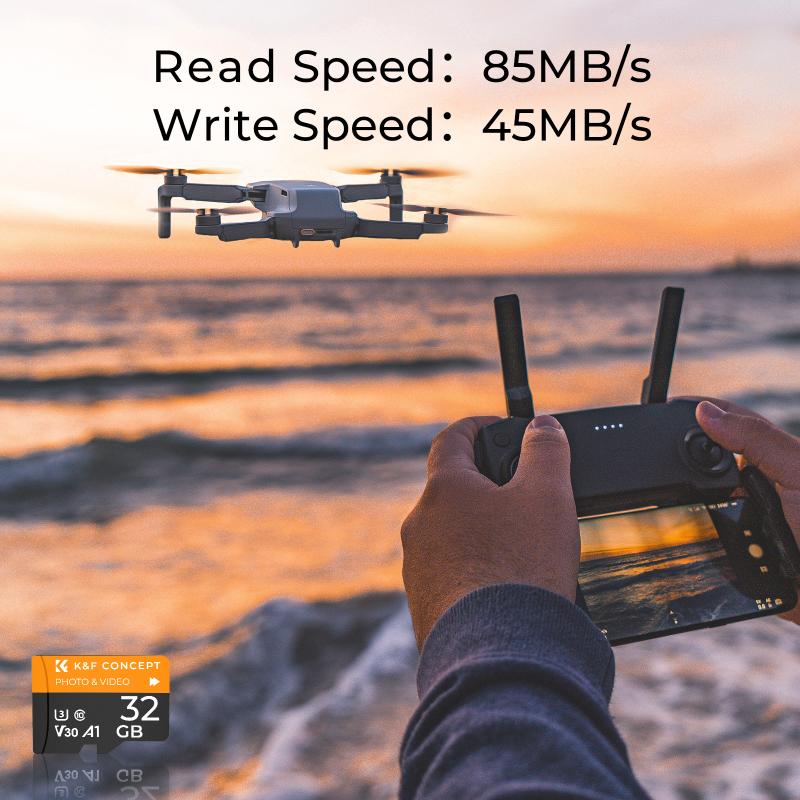How To Install Apps On Sd Card?
In today's digital age, smartphones and tablets have become indispensable tools for communication, entertainment, and productivity. However, one common issue that many users face is the limited internal storage capacity of their devices. As apps become more sophisticated and data-intensive, the need for additional storage space becomes increasingly critical. One effective solution to this problem is to install apps on an SD card. This article will guide you through the process of installing apps on an SD card, providing practical solutions to common issues and ensuring that you can make the most of your device's storage capabilities.
Understanding the Basics

Before diving into the installation process, it's essential to understand a few key concepts:
1. SD Card Types: There are different types of SD cards, including SD, SDHC, and SDXC. Ensure that your device supports the type of SD card you plan to use.
2. Class and Speed: SD cards come with different speed classes (e.g., Class 4, Class 10, UHS-I, UHS-II). A higher class or speed rating means faster data transfer rates, which can improve app performance.
3. Compatibility: Not all devices support the installation of apps on an SD card. Check your device's specifications or user manual to confirm compatibility.
Preparing Your SD Card

Before you can install apps on your SD card, you need to prepare it for use:
1. Insert the SD Card: Power off your device and insert the SD card into the designated slot. Power the device back on.
2. Format the SD Card: Formatting the SD card ensures that it is compatible with your device and free of any existing data. To format the SD card:
- Go to Settings > Storage.
- Select the SD card and choose the option to format it.
- Follow the on-screen instructions to complete the formatting process.
Setting the SD Card as Default Storage

To install apps on the SD card, you need to set it as the default storage location:
1. Android Devices:
- Go to Settings > Storage.
- Select the SD card and choose Set as default storage or Format as internal (depending on your device and Android version).
- Follow the on-screen instructions to complete the process.
2. Windows Devices:
- Go to Settings > System > Storage.
- Under Save locations, select the SD card for new apps.
Moving Existing Apps to the SD Card

If you already have apps installed on your device's internal storage, you can move them to the SD card to free up space:
1. Android Devices:
- Go to Settings > Apps.
- Select the app you want to move.
- Tap Storage > Change > SD card.
- Follow the on-screen instructions to move the app.
2. Windows Devices:
- Go to Settings > System > Storage.
- Select Apps & features.
- Choose the app you want to move and select Move.
- Select the SD card as the destination and follow the on-screen instructions.
Installing New Apps Directly to the SD Card
To install new apps directly to the SD card, follow these steps:
1. Android Devices:
- Open the Google Play Store.
- Search for the app you want to install.
- Tap Install.
- If prompted, select the SD card as the installation location.
2. Windows Devices:
- Open the Microsoft Store.
- Search for the app you want to install.
- Click Get or Install.
- If prompted, select the SD card as the installation location.
Troubleshooting Common Issues
While installing apps on an SD card can be straightforward, you may encounter some common issues. Here are solutions to a few of them:
1. App Not Moving to SD Card:
- Ensure that the app supports being moved to an SD card. Some apps, especially system apps, cannot be moved.
- Check if the SD card is properly inserted and recognized by the device.
- Restart your device and try again.
2. SD Card Not Recognized:
- Ensure that the SD card is compatible with your device.
- Try reinserting the SD card or using a different SD card.
- Format the SD card and try again.
3. App Performance Issues:
- Use a high-speed SD card (Class 10 or higher) to ensure optimal performance.
- Avoid using counterfeit or low-quality SD cards, as they can cause performance issues.
Best Practices for Using SD Cards
To ensure a smooth experience when installing and using apps on an SD card, consider the following best practices:
1. Regular Backups: Regularly back up your data to prevent data loss in case of SD card failure.
2. Avoid Frequent Removal: Avoid frequently removing and reinserting the SD card, as this can cause wear and tear.
3. Monitor Storage Space: Keep an eye on the available storage space on your SD card to avoid running out of space.
4. Use Trusted Brands: Use SD cards from reputable brands to ensure reliability and performance.
Installing apps on an SD card is an effective way to expand your device's storage capacity and improve its performance. By following the steps outlined in this article, you can easily set up your SD card, move existing apps, and install new apps directly to the SD card. Additionally, by adhering to best practices and troubleshooting common issues, you can ensure a seamless and efficient experience. With these tips, you can make the most of your device's storage capabilities and enjoy a smoother, more efficient user experience.
